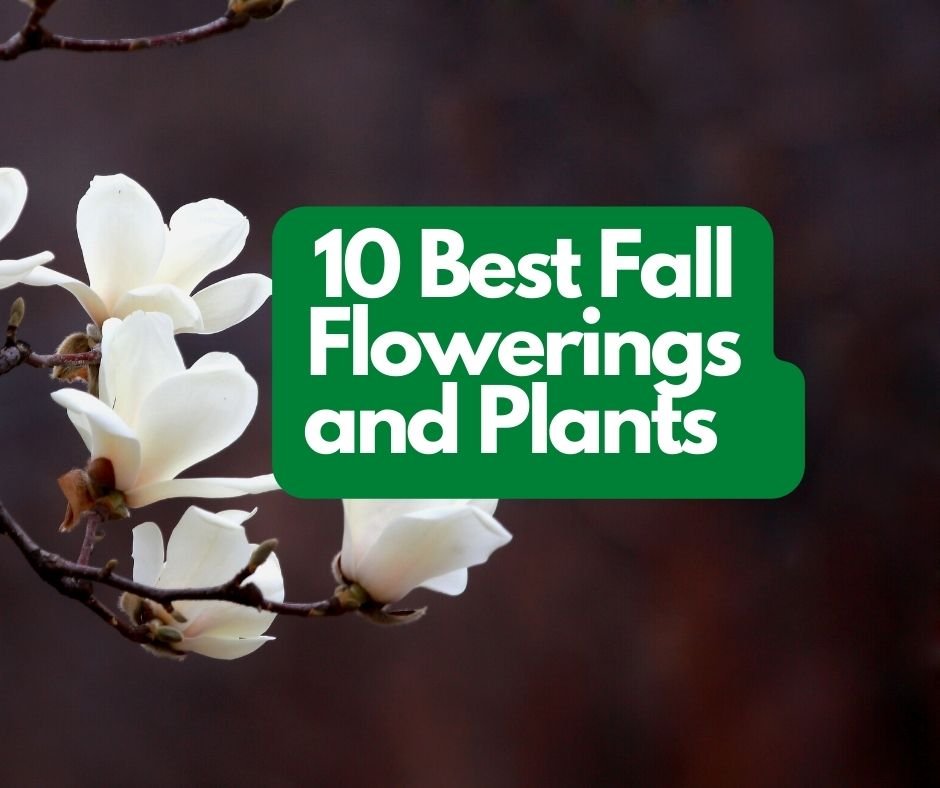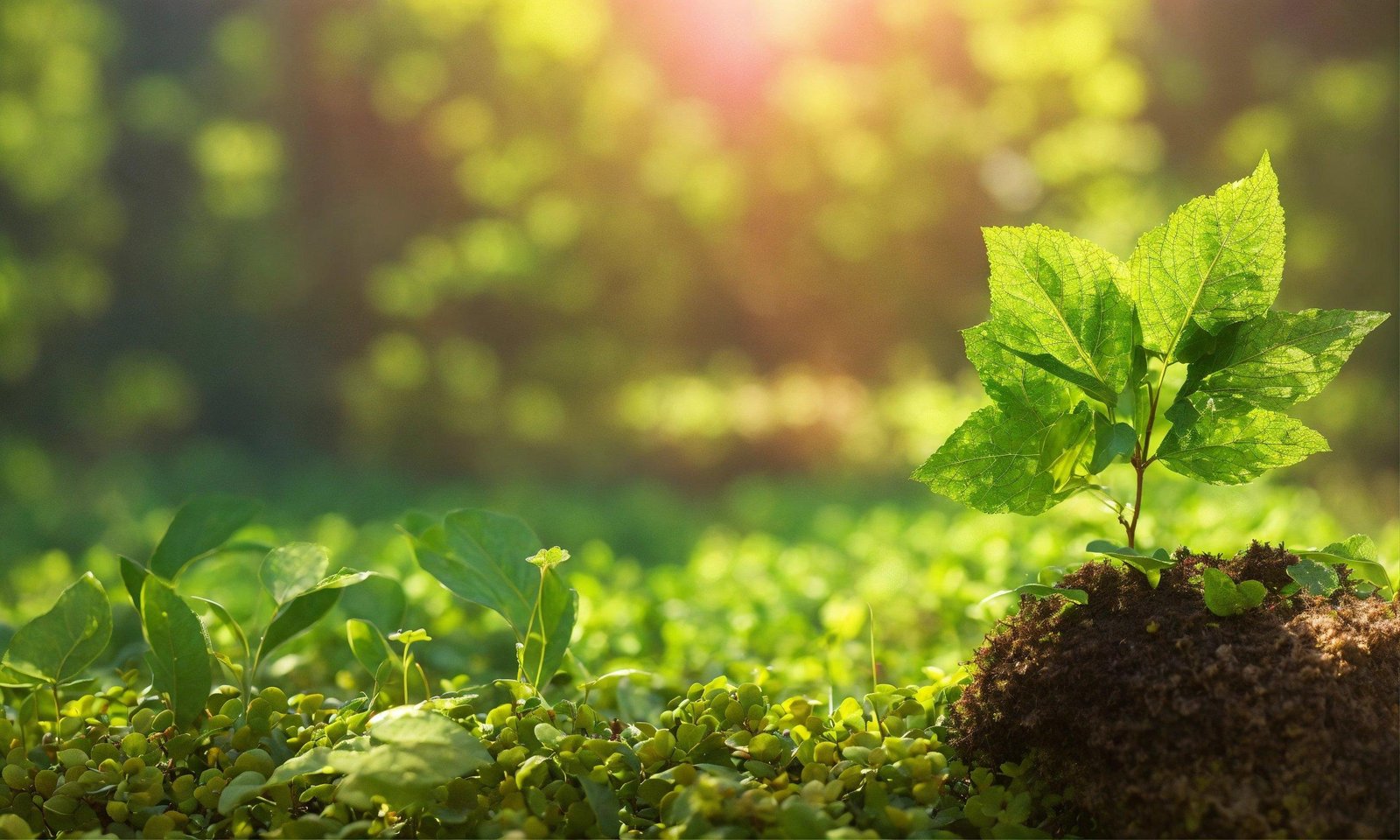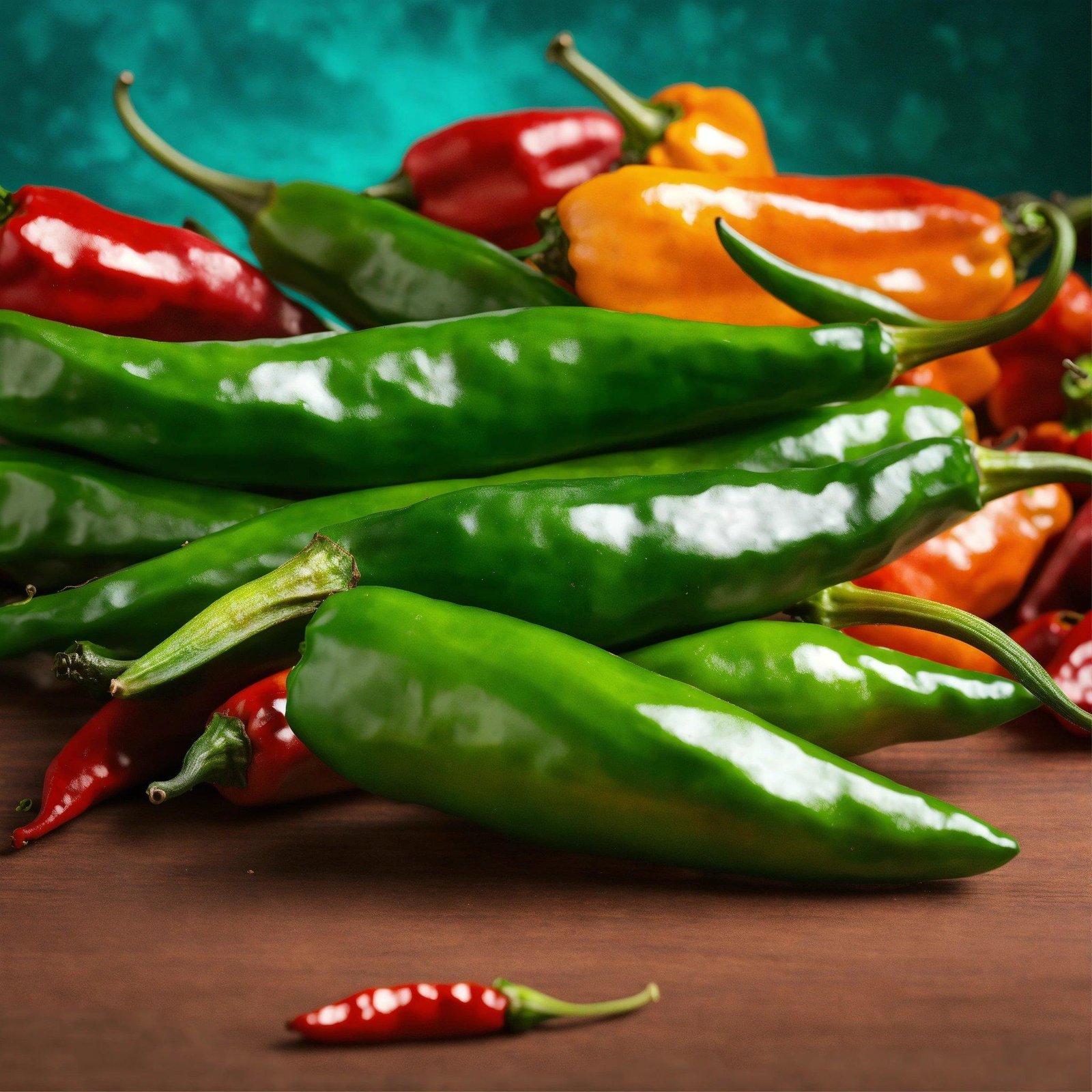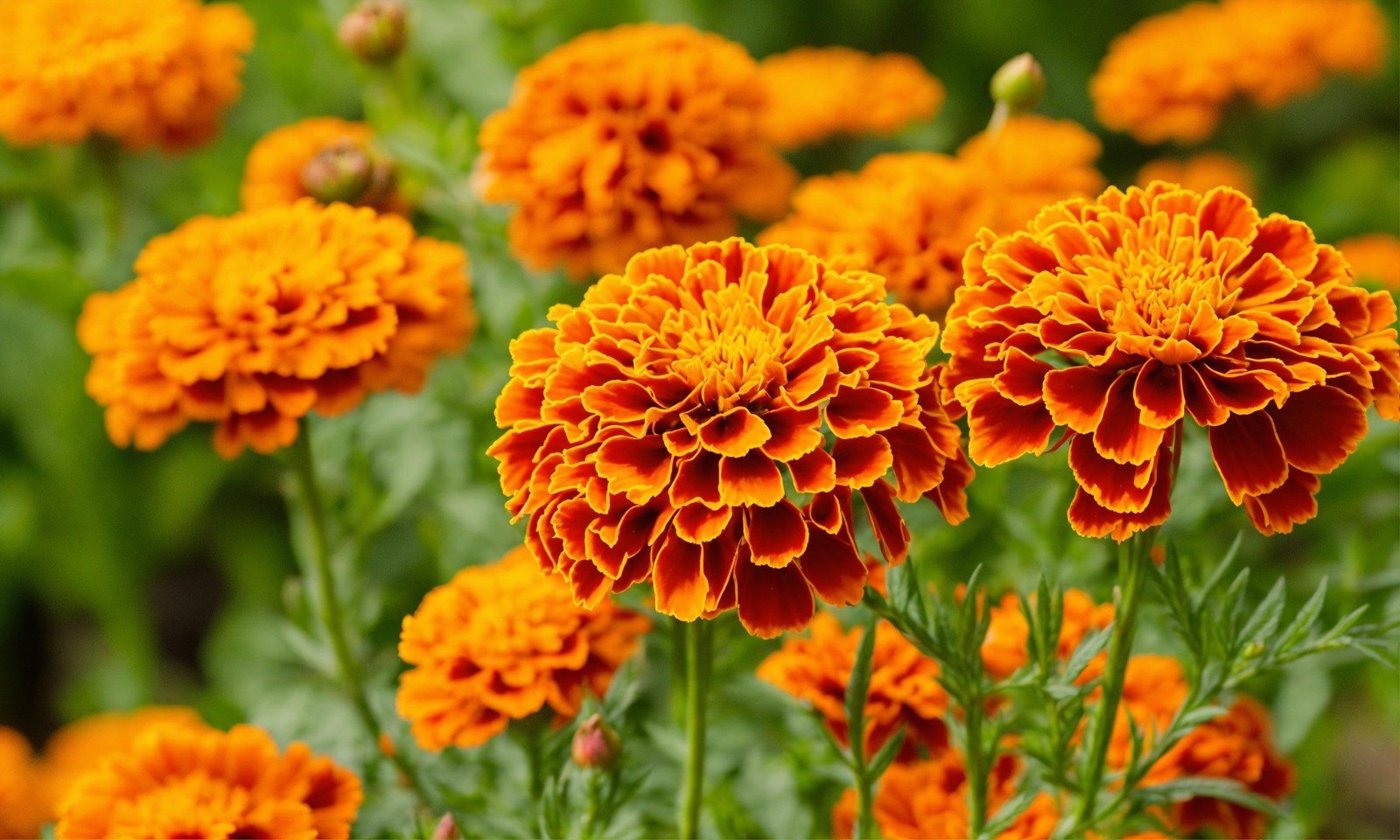6 Best Fall Flowerings and Plants
Fall is a wonderful time for gardening. The colors are rich, the sun is lower in the sky and the air smells like crisp leaves and apples. But which flowers and plants should you plant during this time? Check out my list of 6 of my favorite fall flowering plants!
What are the 6 Best Fall Flowerings and Plants?
- Asters – Asters are one of the best fall flowers, blooming in a variety of colors including pink, purple, blue, and white. They’re perfect for adding a pop of color to any garden or bouquet.
- Chrysanthemums – Chrysanthemums, also known as “mums”, are another great fall flower. They come in a wide range of colors and sizes, making them perfect for any garden or arrangement.
- Dahlias – Dahlias are beautiful fall flowers that come in a variety of colors including red, orange, yellow, and pink. They make great centerpieces or additions to any bouquet.
- Gerbera Daisies – Gerbera daisies are cheerful fall flowers that come in many different colors including red, orange, yellow, pink, and white. They’re perfect for adding a touch of happiness to any garden or arrangement.
- Marigolds – Marigolds are vibrant fall flowers that come in shades of yellow, orange, and red. They’re perfect for adding some brightness to any garden or bouquet.
- Sunflowers – Sunflowers are one of the most popular fall flowers with their large size and bright yellow color. They make great centerpieces or focal points in any garden or arrangement

How to Care for Fall Flowers
When the leaves start to change color and fall from the trees, that’s a sign that it’s time to start thinking about changing up your flower game, too. Fall flowers are some of the most beautiful and unique blooms you’ll find, and with a little care, they can last long into the season. Here are our tips for how to care for fall flowers:
- Choose the right location. Fall flowers need a sunny spot with well-drained soil. If you’re planting them in a garden bed, make sure to mix in some compost or other organic matter to help retain moisture.
- Water regularly. Fall flowers are susceptible to drought stress, so make sure to keep them hydrated by watering deeply and regularly (about once per week). If possible, water in the morning so the plants have time to dry out before nightfall.
- Protect from frost. Once temperatures start dipping below freezing at night, be sure to cover your plants with a frost cloth or other material to protect them from damage.
- Deadhead spent blooms. As flowers start to fade, deadhead them (remove the spent bloom) to encourage new growth and prolong the plant’s life
Where to Plant Flowering Plants
When it comes to deciding where to plant your flowering plants, there are a few things to keep in mind. First, consider the amount of sun and shade that the location gets throughout the day. Flowering plants typically need at least six hours of sunlight each day in order to thrive. If the location you’re considering doesn’t get that much sun, you might want to look for a different spot.
In addition to sunlight, also take into account the soil type in the area you’re thinking of planting. Some flowering plants do better in certain types of soil than others. For example, roses prefer loamy soil that is rich in organic matter. If the soil in your chosen location isn’t ideal for the type of flowering plant you want to grow, you can always amend it with some compost or other organic material.
Finally, make sure there is adequate drainage in the planting area. Most flowering plants don’t like sitting in waterlogged soil, so make sure any spot you choose has good drainage. With these factors in mind, you should have no problem finding the perfect place to plant your fall flowers!
Tips for Growing Fall Flowers
- Know your zone – One of the most important things to know when planting any type of flower is what hardiness zone you live in. This will help you determine which flowers are best suited for your area and climate.
- Start with a basic plan – Once you know what flowers will do well in your area, it’s time to start planning out your garden. Decide on the size and shape of your garden, then map out where each type of flower will go.
- Choose the right soil – Fall flowers need rich, well-drained soil in order to thrive. If your soil is lacking, consider adding some organic matter such as compost or manure to help improve its quality.
- Get a head start – Many fall flowers can be started from seed, giving you a jump on the growing season. Sow seeds indoors 6-8 weeks before the last frost date in your area, then transplant them outside once they’ve grown big enough to handle.
- Don’t forget to water – Even though it’s cooler in the fall, your flowers will still need regular watering to stay healthy and bloom beautifully. Water them deeply about once a week, and make sure the soil stays evenly moist but not soggy.
Conclusion
Fall is a beautiful time of year, and there are plenty of flowers and plants that can help you enjoy it to the fullest. We hope our list of the 10 best fall flowerings and plants has given you some inspiration for your own garden or home. Whether you choose to plant them in your yard or in containers, these flowers and plants will add a touch of beauty to your fall landscape.



